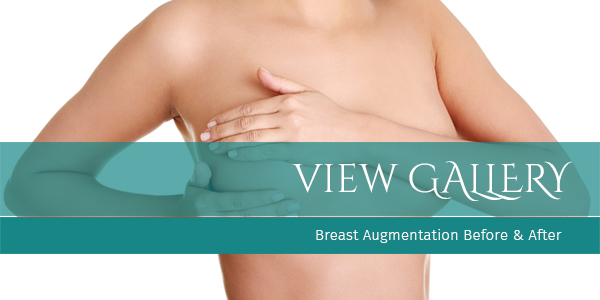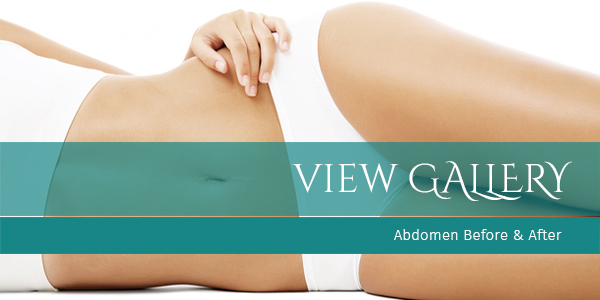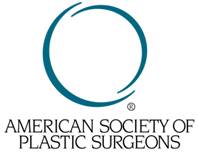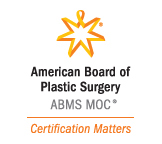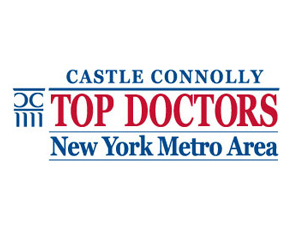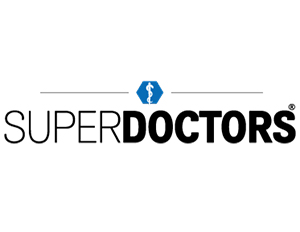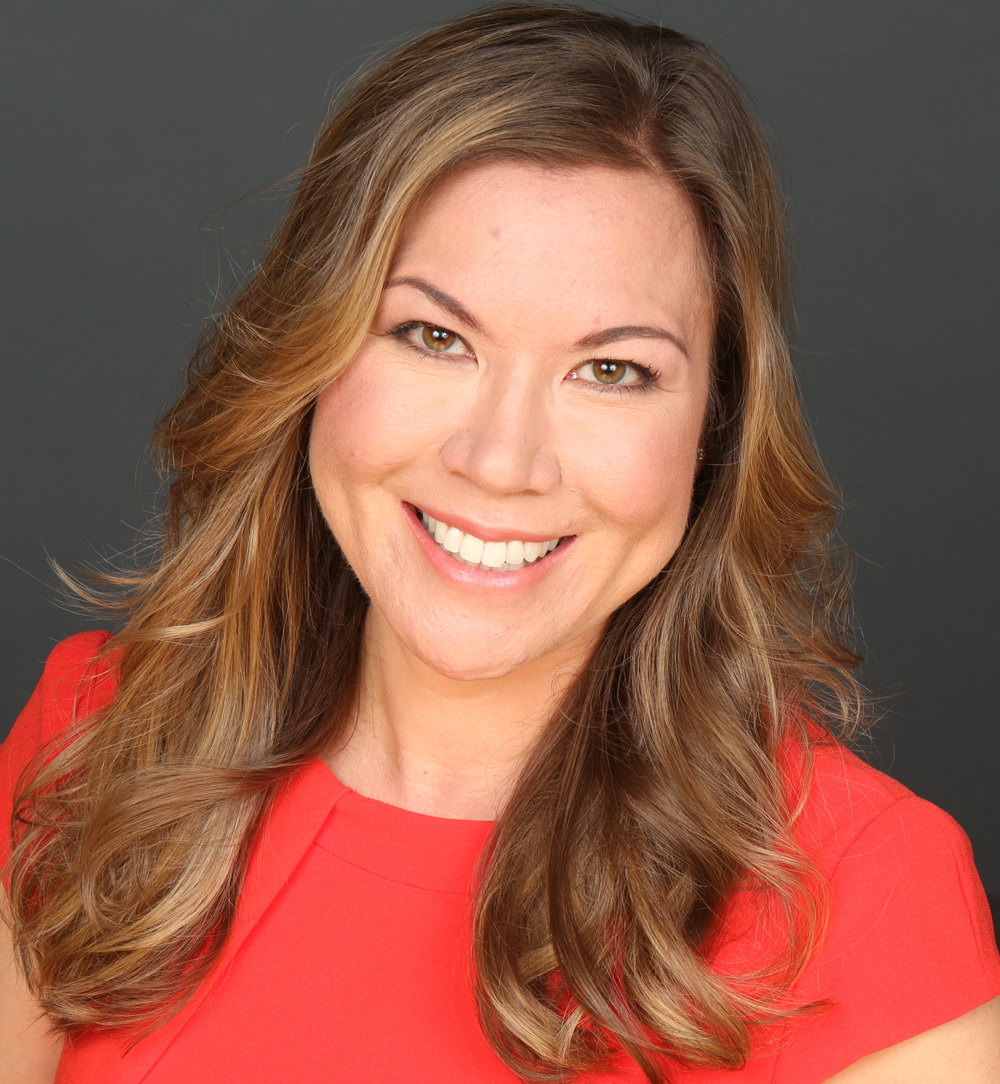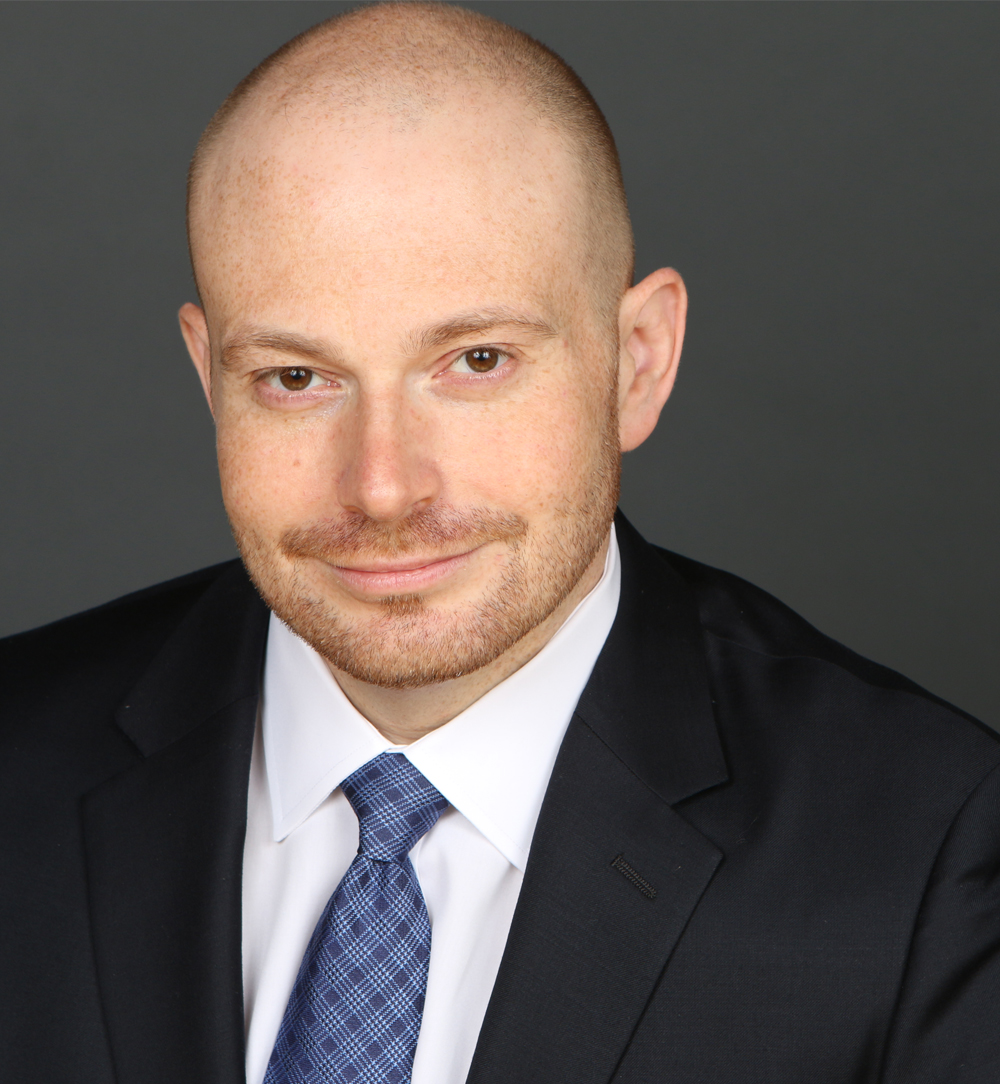
Feel like yourself again!
Pregnancy and childbirth can create changes in a mother’s body that are stubborn to treat with diet and exercise alone. In fact, the post-partum changes can include separation of the rectus abdominis muscles (diastasis or widening of the “six pack” muscles), loose skin, and stretch marks. Loose, sagging skin and breast volume changes are difficult to improve especially after multiple pregnancies.
These problems often can be addressed with surgical techniques such as abdominoplasty (“tummy tuck”), mastopexy (“breast lift”), breast augmentation, and liposuction. The best candidates for these procedures are generally healthy women who have achieved their antepartum weight and completed breast feeding. The surgeons at Plastic Surgery of Westchester can help you decide on the best procedures and appropriate timing for your Mommy Makeover.
Call us today at (914) 771-7373 for a FREE Mommy Makeover consultation!
Our board certified plastic surgeons are happy to assist you with your specific questions and concerns.
Areas most commonly affected
Breasts
The breast tissue becomes engorged due to the hormonal influences on the breast parenchyma during pregnancy. After delivery and breast feeding the breasts usually lose volume and the skin becomes lax. Stretch marks (“striae”) may also result from this process. The nipple-areolar position can also descend below the inframammary fold of the breast, creating an appearance of sagging or droopiness.
Abdomen
Throughout pregnancy and during childbirth, stretching of the abdominal wall is necessary and expected. This process of stretching can create not only stretch marks but also internal widening of the once centrally located rectus abdominis or “six-pack” muscles. Furthermore, a Cesarean section scar sometimes causes an unsightly depression or contour deformity in the lower abdomen.
What to Expect
Pre-operative:
- You should be done with breast feeding and of a stable weight (usually back to your pre-pregnancy weight or stable weight for about 3 months) prior to surgery.
- Please give your surgeons a list of your medications and insight into any pre-existing medical conditions (don’t forget about a history of heart or lung problems, autoimmune diseases, wound healing problems, blood clots, or bleeding disorders).
- Vitamins and anti-inflammatory medications (such as aspirin, Motrin, Advil, and Aleve, etc.) should be discontinued no less than 1 week prior to surgery.
- Smoking is a relative contra-indication to a Mommy Makeover. We hope that you don’t smoke! Please refrain from any nicotine or tobacco use for no less than 4 weeks prior and 4 weeks after your surgery. Remember, any history of smoking can increase your risk for certain complications, such as wound healing problems and infection.
Post-operative:
- Most patients find immediate satisfaction after a Mommy Makeover. As with any surgical procedure, however, there is a period of necessary healing and recovery. The time for healing varies among patients, but the average patient benefits from two weeks of dedicated recovery and another six weeks of refraining from strenuous activity or heavy lifting.
- Drainage tubes are used most commonly during the healing process and are typically removed between one to two weeks after your surgery.
- When you are better healed, your surgeon will discuss and demonstrate massage and scar care techniques to keep your results looking fabulous!
- As always, please bring a list of your questions and concerns to your pre-operative visits. It is important to understand the expectation for recovery based on your individual plan.
Surgical Treatment of the Breasts
Mastopexy (Breast Lift)
A breast lift essentially repositions the nipple-areolar complex back to a more normal, youthful position. This is often accomplished by tightening the skin envelope of the breast as well as moving the breast tissue into a higher position with the nipple-areolar complex. It is important to note that even when little to no breast tissue is removed a woman may feel as though her breast is smaller. If additional volume is desired to augment her breast size or create more cleavage and fullness, an augmentation may be combined with the mastopexy (“Augmentation Mastopexy”).
Breast Augmentation / Augmentation Mastopexy
A breast implant adds volume to the breast and can create improved fullness and cleavage. The implants are either filled with saline (physiologic salt water solution) or silicone cohesive gel (a.k.a. “gummy bear” implants since the filling is similar to the consistency of gummy bears). Your surgeon will have you discuss your aesthetic goals and try on implant sizers to help you visualize your look during the consultation. During surgery, the implants are often placed under the pectoralis muscle, especially when combined with a breast lift. Scars can sometimes vary but can be visible on the breast in differing degrees. Your surgeon is highly skilled in all methods of augmentation and mastopexy, so he or she will discuss which surgical approach and scars you may expect.
Breast Augmentation FAQ’s
The incisions are commonly periareolar (hidden at the junction of your pigmented areolar skin and breast skin) or at the inframammary crease (hidden within the fold underneath your breast).
For most women, the choice of type of implant (either saline or silicone) will be based on personal preference. Your surgeon can help you decide which type of implant may be best for you.
Saline and silicone implants have some similarities and some differences. They are both made with a silicone polymer outer shell which is quite durable. Either can be placed via a periareolar or inframammary incision and behind the pectoralis major muscle or solely behind the breast tissue. In most cases, the implants will be positioned behind the muscle for improved coverage and a more natural appearance. They will also be less susceptible to a condition called, “capsular contracture,” which is a known potential risk of having breast implants.
Saline implants are filled with a physiologic salt water solution. In the event of an implant rupture, this fluid will simply be reabsorbed by your body. Silicone implants are filled with a silicone cohesive gel (a.k.a., “gummy bear” implants) that is more like the consistency of a thick gel. It is more difficult to diagnose a rupture with a silicone implant since this gel does not necessarily cause a deflation. Such a diagnosis can be made by your plastic surgeon on physical exam and may require further imaging, such as an MRI.
Either type of implant is safe and effective and can be used for primary breast augmentation, combined with a mastopexy (breast lift), or in reconstruction.
Choosing a size of implant will depend on your personal goals. At you initial consultation, your surgeon will discuss your goals, perform a medical and breast history physical exam, measurements, and photos. He or she will also have you try on breast implant sizers to help determine which size(s) will help you look and feel fabulous!
Most primary breast augmentation procedures take no more than 1 hour. You will need about an hour to recover before being discharged the very same day.
The surgery can be performed in our AAAASF-accredited, Harrison location ambulatory surgery facility.
Breast augmentation has a fairly straightforward recovery process. You will feel sore for up to 7 days and may need pain medication during this time. Most women are able to return to work during that timeframe. Complete healing can take 6 to 8 weeks. Your surgeon will discuss the care of your scars and implants during your post-operative follow-ups.
As with any surgical procedure, there can be complications. The most common complication is capsular contracture, which is a thickening and/or tightening of the scar capsule around the implant. The longer you have an implant, the more likely this may occur. Capsular contracture presents as a combination of visible deformity or appearance of the implant and sometimes persistent pain. Other complications include post-operative bleeding or fluid collection, pain, adverse scarring, change of nipple sensation, problems with wound healing, asymmetry, desire for a different size, and need for future surgeries to maintain your result.
Breast Augmentation Before & After
Surgical Treatment of the Abdomen
Abdominoplasty (Tummy Tuck)
An abdominoplasty is a surgical procedure that removes unwanted excess skin and fat from the anterior abdomen. The internal rectus muscle separation is tightened, the umbilicus is preserved, and the overall abdominal appearance is typically flatter and more shapely. The incision can often times be placed at or below an existing Cesarean section scar, thereby removing some of the stretch marks and unevenness of the post-partum abdomen. In some cases, only a “mini-abdominoplasty” (plication of the rectus muscles and removal of loose skin) is necessary. Your surgeon will discuss your aesthetic goals to help determine the best operation for your body!
Liposuction
Liposuction or “liposculpting” uses small cannulas to remove localized layers of fat and can be utilized in almost any area of the body. Liposuction of the hips and flanks is commonly combined with abdominoplasty. If your skin quality is excellent, liposuction alone can sometimes improve your shape without the need for additional scars associated with skin removal.
Abdomen FAQs
If your skin quality is excellent, liposuction alone can sometimes improve your shape without the need for additional scars associated with skin removal.
You should be done with breast feeding and of a stable weight (usually back to your pre-pregnancy weight or stable weight for about 3 months) prior to surgery.
Abdominoplasty (Tummy Tuck) Before & After
Facilities & Hospital Affiliations
Our surgeons have hospital privileges at Montefiore Medical Center, Jacobi Medical Center, Westchester Medical Center, Montefiore New Rochelle and New York Presbyterian Lawrence Hospital. They also perform procedures in their fully accredited operating room in Harrison, NY.
Our state of the art facility is professionally designed and decorated for your comfort. We are always interested to know if there is anything we can do to enhance your experience. We appreciate your suggestions and pledge to work as a team to make your time here a rewarding experience.
- Montefiore Medical Center
- Jacobi Medical Center
- Westchester Medical Center
- Montefiore New Rochelle
- New York Presbyterian Lawrence Hospital
Accreditation and Associations
We maintain an AAAASF accredited surgical suite, equipped like a hospital operating room with the privacy and ease of an office setting, offering full general anesthesia for more complex procedures as well as sedation and local anesthesia for other procedures. We enjoy a strong relationship with some of the finest hospitals in the area, offering overnight and extended post-operative stays if medically advisable. This is ideal for our out of town patients as well as those with little post-operative help or those desiring a more private recovery. We can also arrange your stay at a variety of hotels within minutes of our facility and arrange an overnight “sitter,” if desired as well as postoperative stays at our center.
Contact Us
Schedule your Mommy Makeover Consultation
Please contact us with any questions or if you would like to setup a time for a one-on-one consultation with one of our surgeons.
